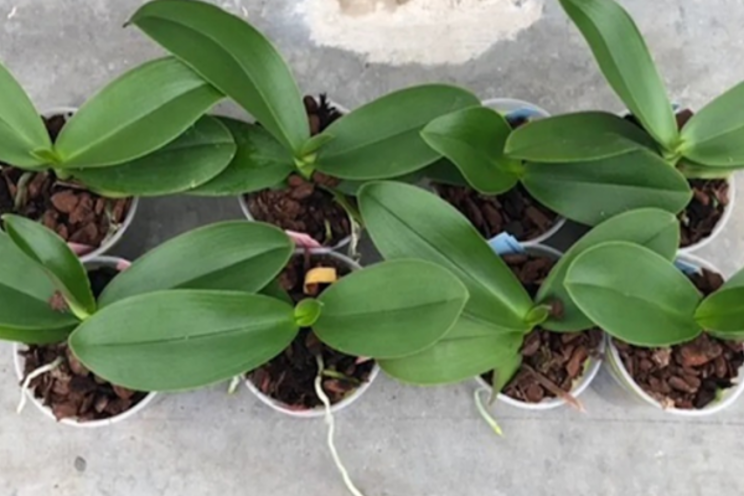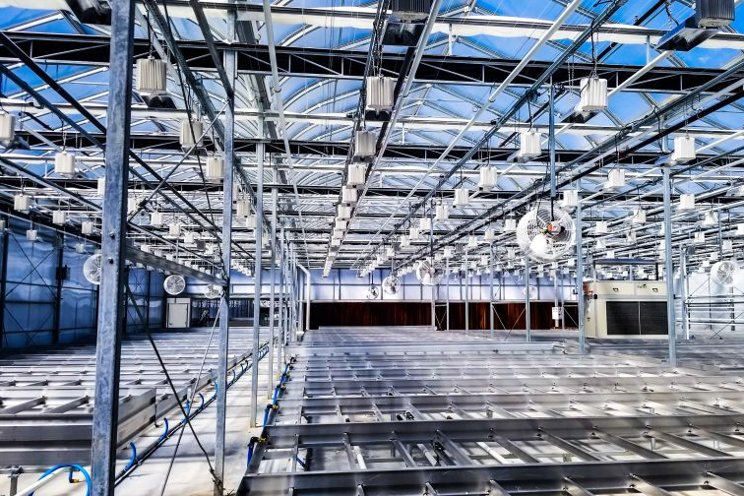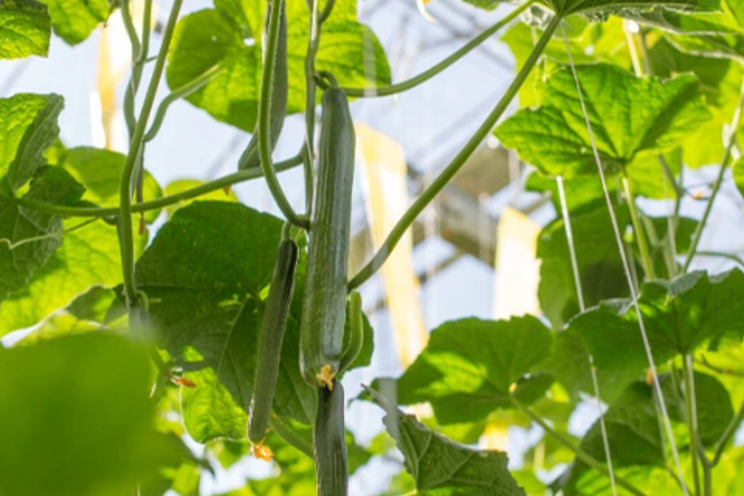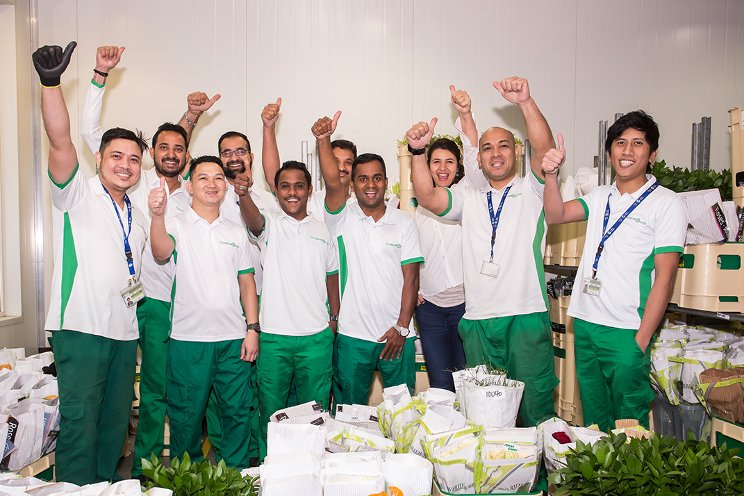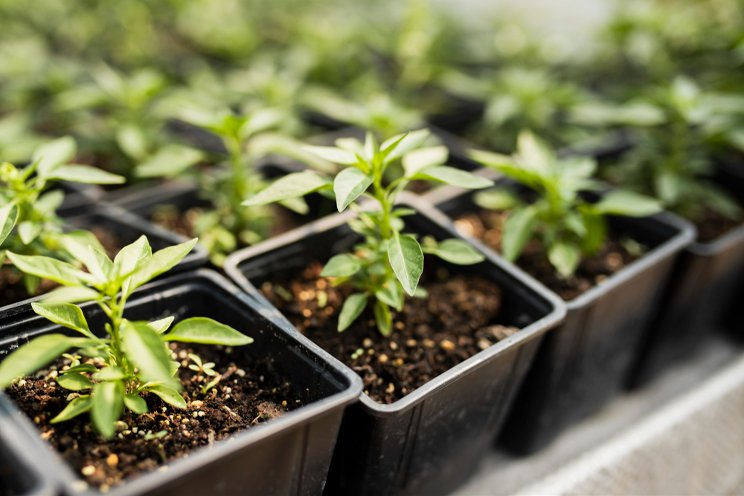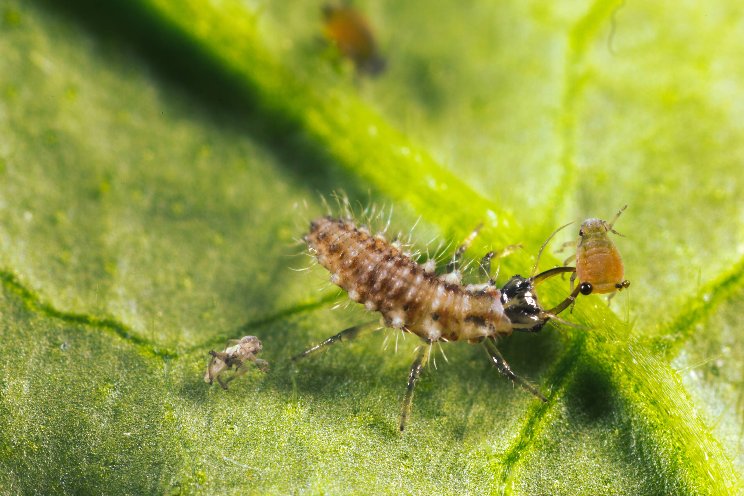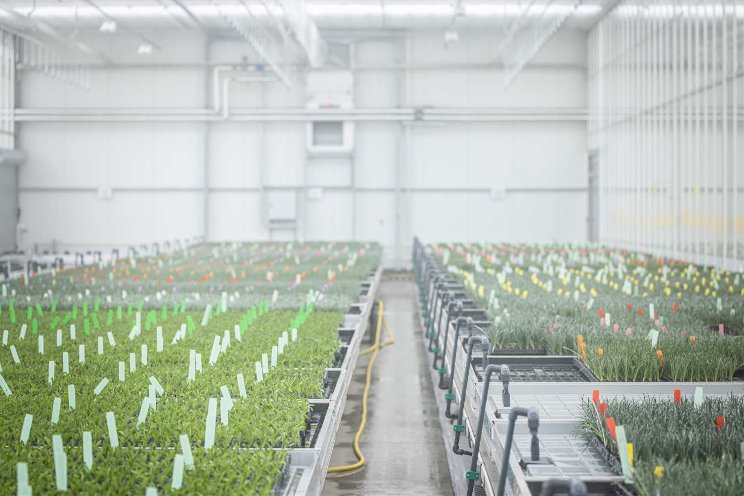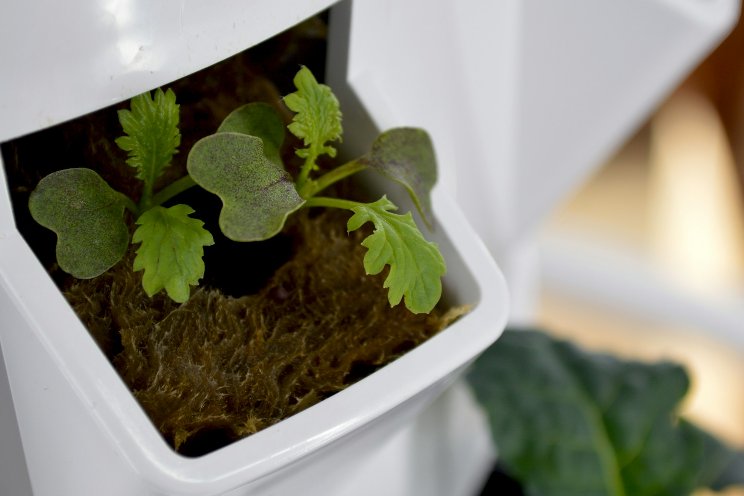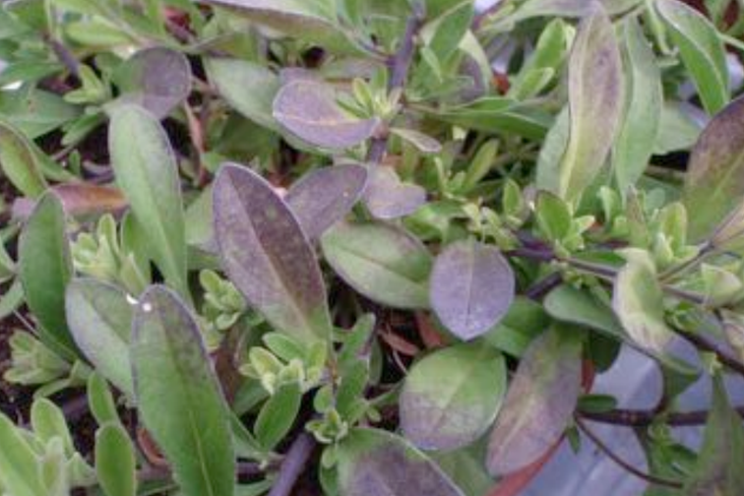Five agtech predictions for 2022
Added on 05 January 2022
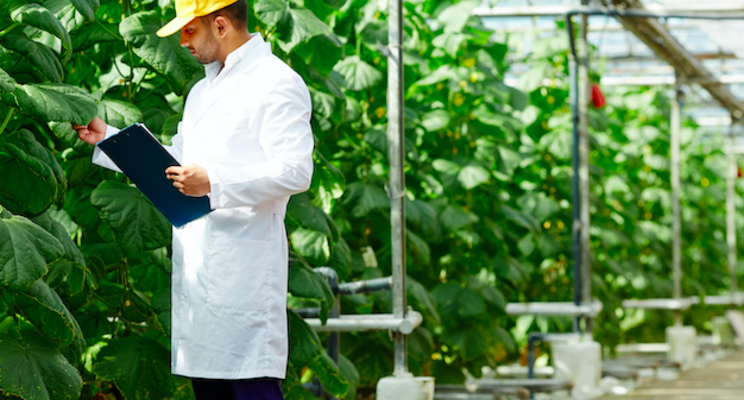
Agriculture is one of Australia's most prominent and lucrative sectors, renowned for its top-quality produce. But climate change, the COVID-19 pandemic, and digitisation is fuelling global demand for better sustainability, transparency, and cost-efficiency. It's forcing Australia to follow suit if it wants to maintain its reputation as a premium produce provider.
These challenges have brought forth the rise of Agricultural technology or Agtech: using advanced technologies to drive efficiencies in agricultural production. As we move into 2022, here are five of the key trends we expect for the sector.
1. Uptick in the adoption of technology
AI, machine learning and the Internet of Things (IoT) are big investments for Agtech. The new solution includes autonomous agricultural machinery, dietary supplements for animals like Asparagopsis (edible red algae that inhibits very effective in inhibiting methane production in livestock), and vertical farming.
The arrival of 5G is also enabling new technologies such as drones to transmit high-definition images of agricultural land, track livestock, weeds, and pests. There have also been trials using nanosatellites and smart sensors to monitor water tanks and wind turbines.
HD videos and images, including thermal and topographical images, track and identify objects like livestock, weeds and pests using AI, and act on commands seamlessly controlled from kilometres away, enabling agribusinesses to better analyse field conditions, distribute seeds and sprays, and manage crops and livestock.
2. Acceleration of automation
Many production plants are struggling with employment issues, unable to hire enough workers as international borders remain somewhat closed and Australians seek to stay within home states in fears of sudden lockdowns. Skills shortages are particularly severe in rural and regional areas and existing staff are being stretched too thin, which takes them away from strategic thinking. While the talent crunch may ease as borders eventually reopen, the pain point will remain.
This is driving a shift towards automation and robotics, to reduce the number of people needed, particularly for manual and repetitive tasks, and gain efficiencies. Robots are already being used to milk cows due to skills shortages as-well-as help with harvesting.
Click here to read more.
Photo created by pressfoto - www.freepik.com
Source: Farm Online
More news
